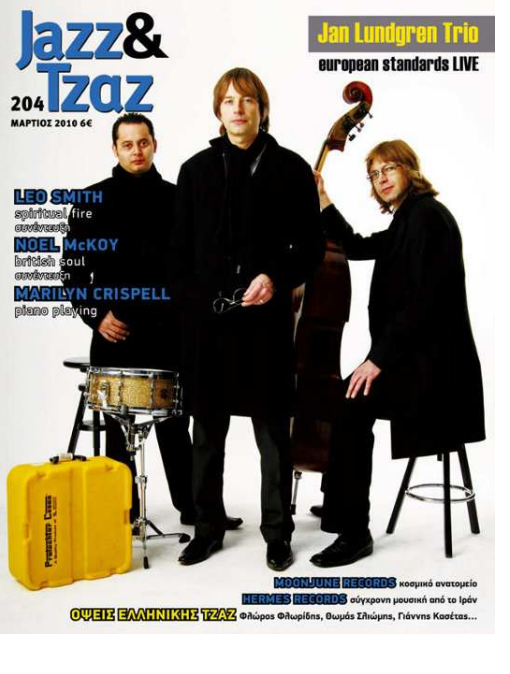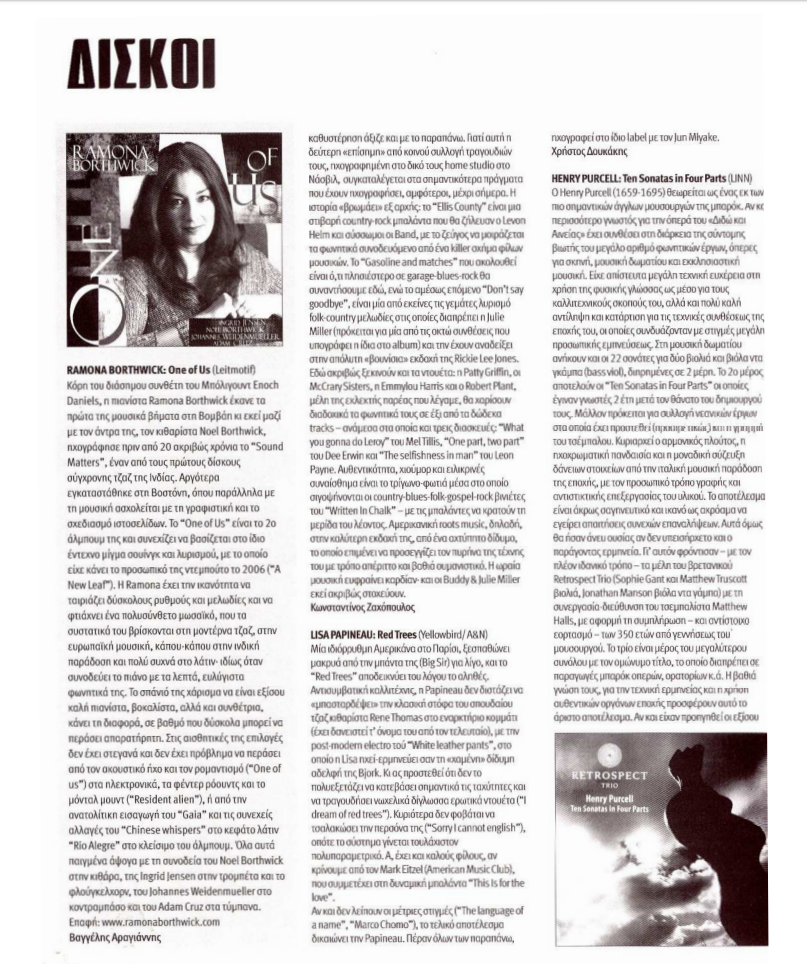Roughly about a year and a half ago, I decided to start a search for a grand piano. Aside from several local stores & dealers in the Boston area, my area of exploration extended to out of state New Hampshire, Connecticut & New York businesses as well. Adding to this were helpful friends, local musicians, teachers and piano technicians – willing accomplices in my search, who would inform me of a potential instrument if it appeared on their horizon. (Thanks to Victor Belanger, whose largesse included cheerful and complete responses to my many technical queries). And of course Craigslist, which can be a bit of a wild card, but worth a try nevertheless. To find the ‘perfect’ instrument would be complicated, as perfection is elusive, but my checklist was tangible.
- Size: between 5’8” – 6’8”, preferably larger than 6′
- Manufactured after 1950, it’s age preferably 5-20 years, requiring little or no major repair or maintenance for the next 20 years
- Width not greater than 61” or else it wouldn’t fit through the studio entryway. (The concrete bulkhead could be modified, but I wasn’t prepared to undergo a demolition to accommodate a piano)
- Deep, warm, rich sound, with notes in the upper and lower extremities that you’d actually want to play and not shy away from
- It would serve well for both classical as well as jazz repertoire
- Suited to my budget, which would place it somewhere in the mid-level range of pianos
- This one a phantom stipulation but of great importance – a piano that would inspire my creativity and compositional flow
Almost all research was done on the internet – piano companies, model specifications, dealers, customer reviews, Larry Fine’s The Piano Book, and browsing through piano forums. Among the stores visited were Darrells Music Hall (Nashua, NH), Londonderry Piano (Salem, NH), Steinerts, Boston Organ & Pianos (Natick, MA) & Allegro Pianos (Stamford, CT).
My early search started with Steinways in mind – not the new pianos – despite the revered name and surrounding hype, I wasn’t enamoured with the sound or price,
Continue reading →





